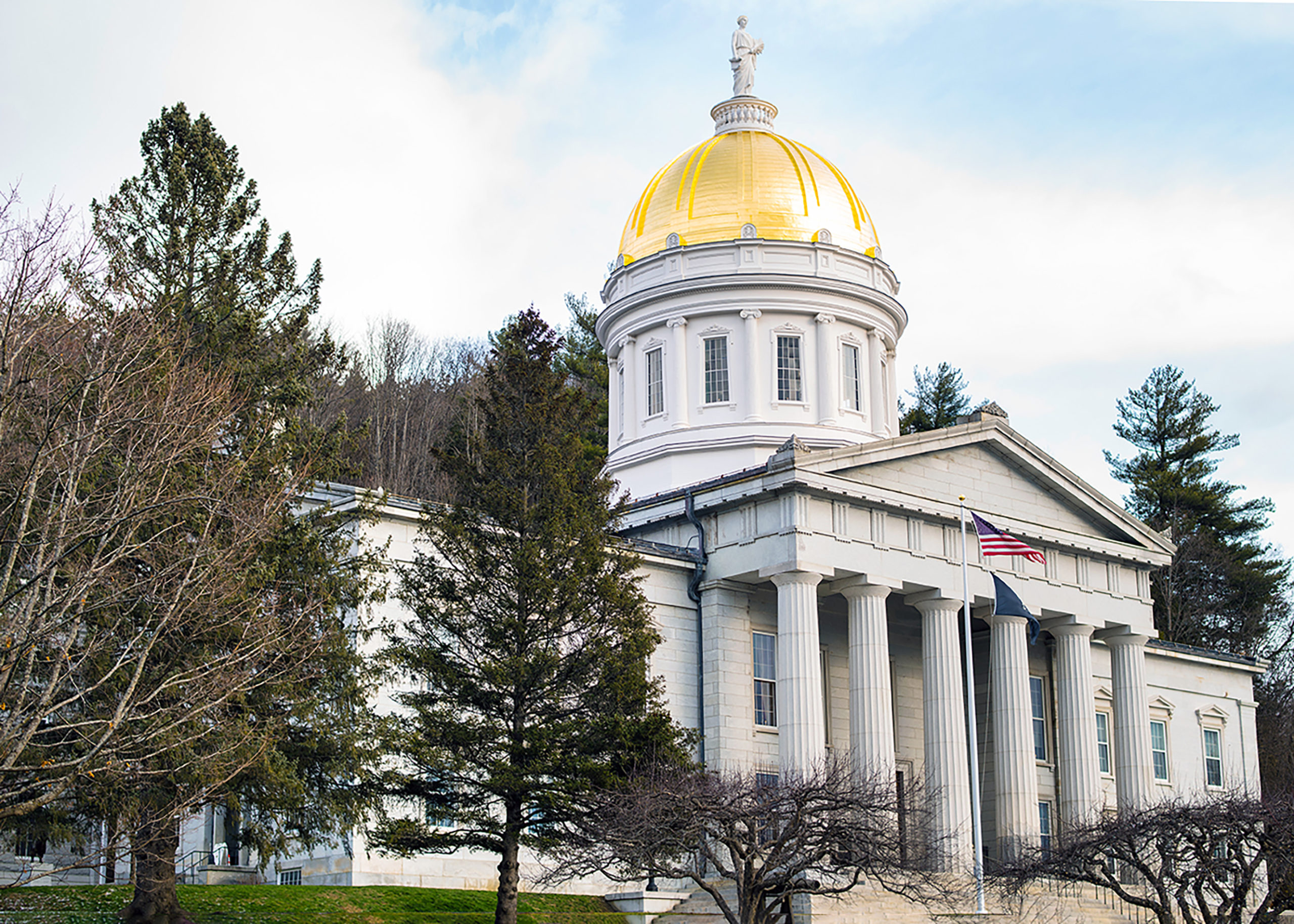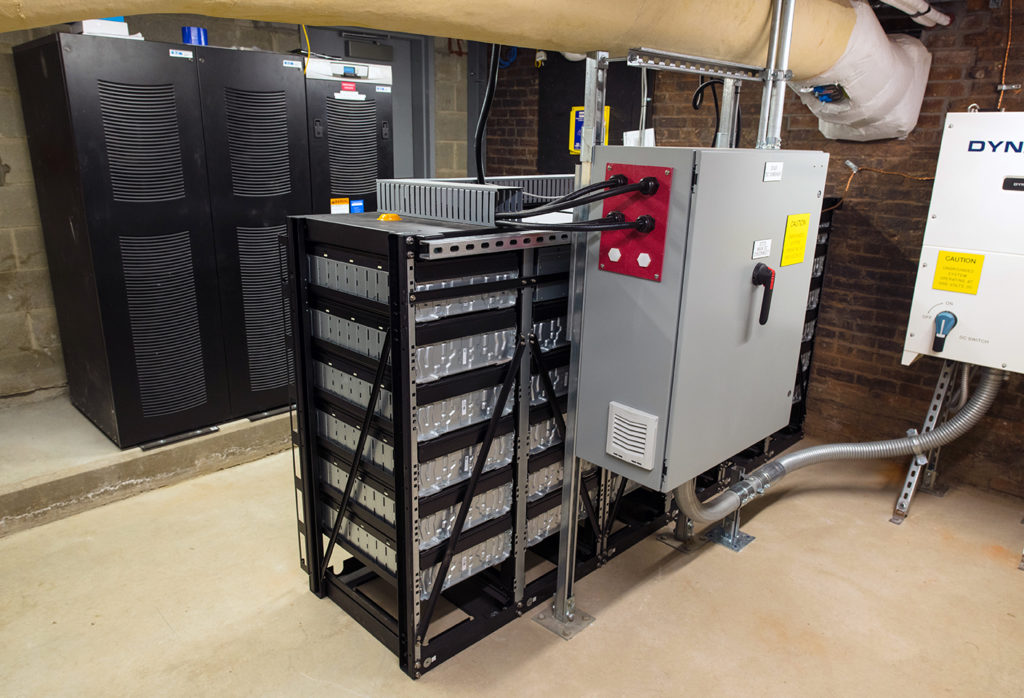
Vermont’s Statehouse is First in the Country with Clean, Battery Power That Saves Money

A first in the nation – right in Montpelier, Vermont. The statehouse is the first in the country with clean backup power stored in batteries – using a GMP program to help lower costs for all Vermonters and GMP customers at the same time!
A collaboration between Vermont businesses, state officials, legislative leaders, and GMP shows that energy storage is a clean alternative for backup power over fossil fuel. The statehouse battery project is expected to save Vermont taxpayers $44,000 and GMP customers $18,000 over ten years while also supplying clean backup power. The batteries are projected to reduce carbon emissions by 6,388 pounds per year, the equivalent of not using 326 gallons of gasoline.
“At GMP we are about working together to deliver solutions and this project is a great example of what can be done.”
Mari McClure, GMP President & CEO
“With ‘out of the box’ thinking, common sense and collaboration, we can address tough issues like climate change and do our part to reduce carbon emissions without hurting the economy. I know many think clean energy must be more expensive, but the work done today shows not only can we reduce carbon emissions, but if we are strategic, we can also save money in the process,” Gov. Scott said in videotaped remarks at the virtual unveiling of the battery project.
“At GMP we are about working together to deliver solutions and this project is a great example of what can be done. It will save all Vermonters and GMP customers money while adding to GMP’s network of stored energy – that network reduced more than $3 million in costs for customers last year. We can do this with more Vermont businesses to help them save,” said Mari McClure, GMP’s president and CEO.
The Samsung Mega E2 lithium ion module batteries are now in the basement of the statehouse where a failing fossil fueled generator from the 1960’s once was. The 250 kWh of battery power came online this fall and backs up more critical systems for the historic building, including the elevator. It was a great coalition of businesses working together to make it happen, with Northern Reliability procuring and building the battery system for the state, Dynapower supplying the inverter for the project, and Virtual Peaker software being used to connect the battery to GMP for energy sharing.

State Curator, David Schutz noted that the energy profile of the State House has been in a constant state of evolution, “The building itself dates to the mid-19th century, when its chandeliers were illuminated with coal-fired gas. Electricity was finally installed in 1898, and now, over 120 years later, there is an unprecedented reliance on power and technology to do the people’s business.”
The state is able to share energy and save money for Vermonters, through GMP’s first in the country Bring Your Own Device (BYOD) for Business program – which provides financial incentives to businesses that install batteries and share some of that back up energy. GMP uses that stored power during energy peaks, when power is costliest and dirtiest. This reduces costs for all GMP customers and also covers the cost of the incentives in the BYOD for Business program.
GMP’s BYOD for Business program still has room for more businesses to enroll, and there is a BYOD program for GMP’s residential customers, too.

